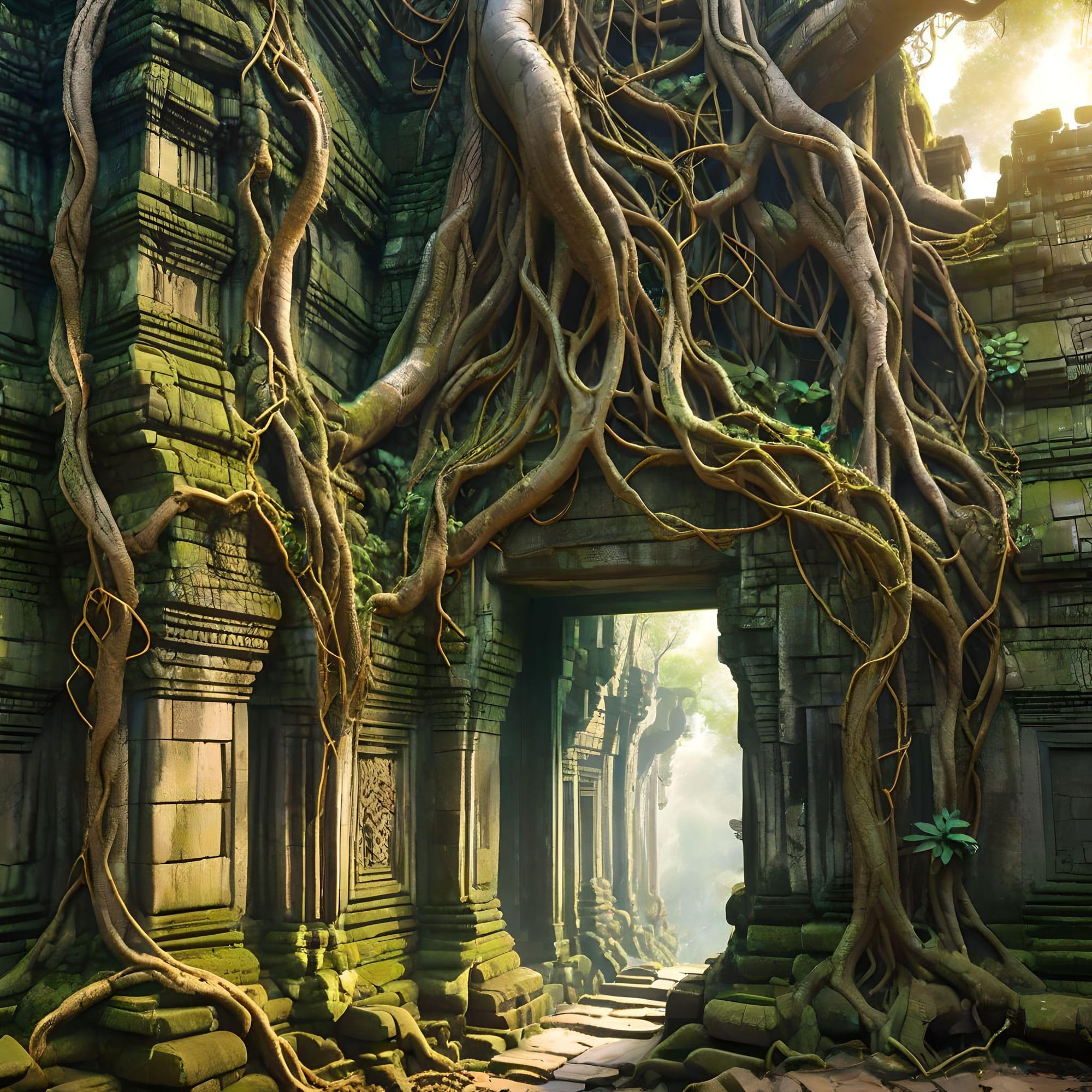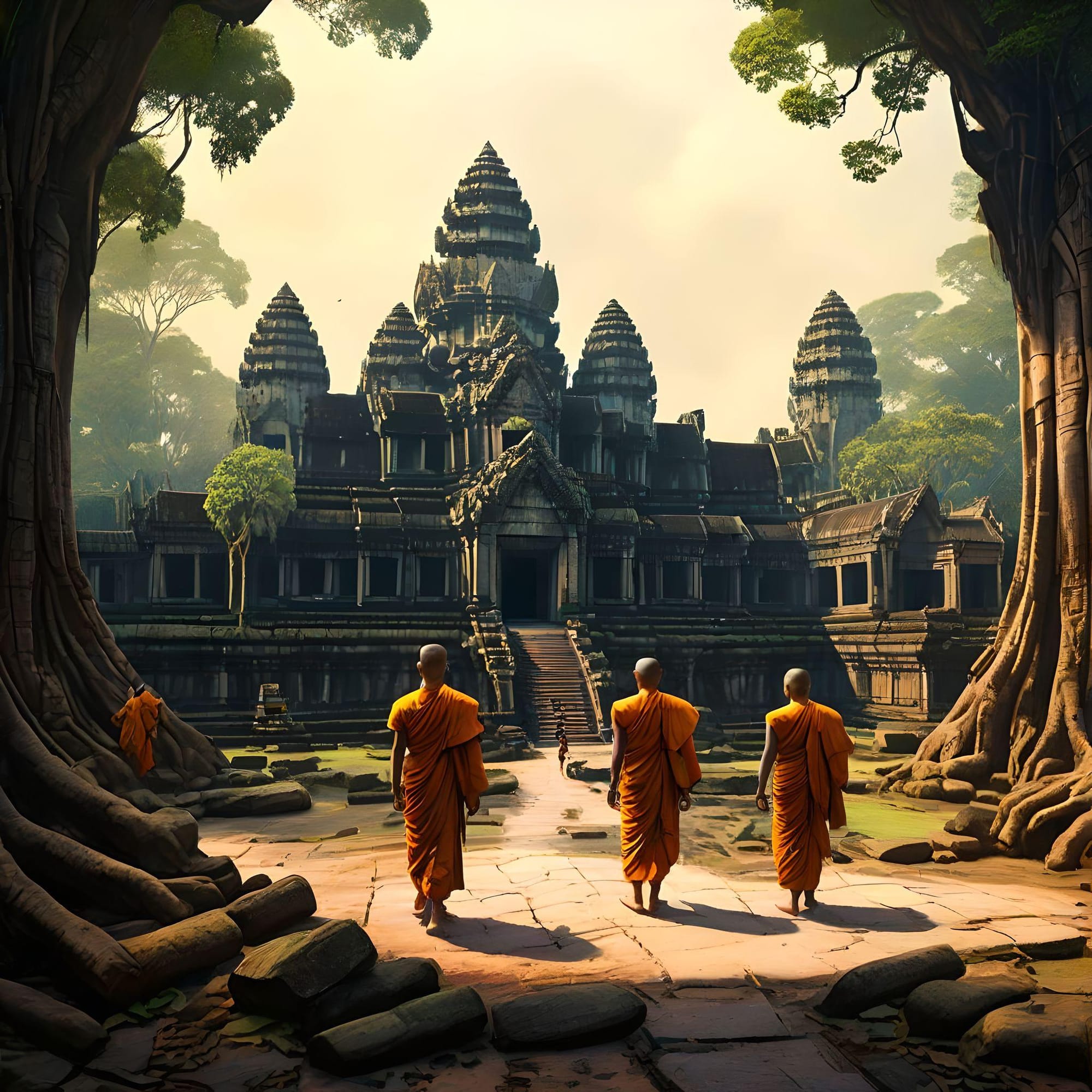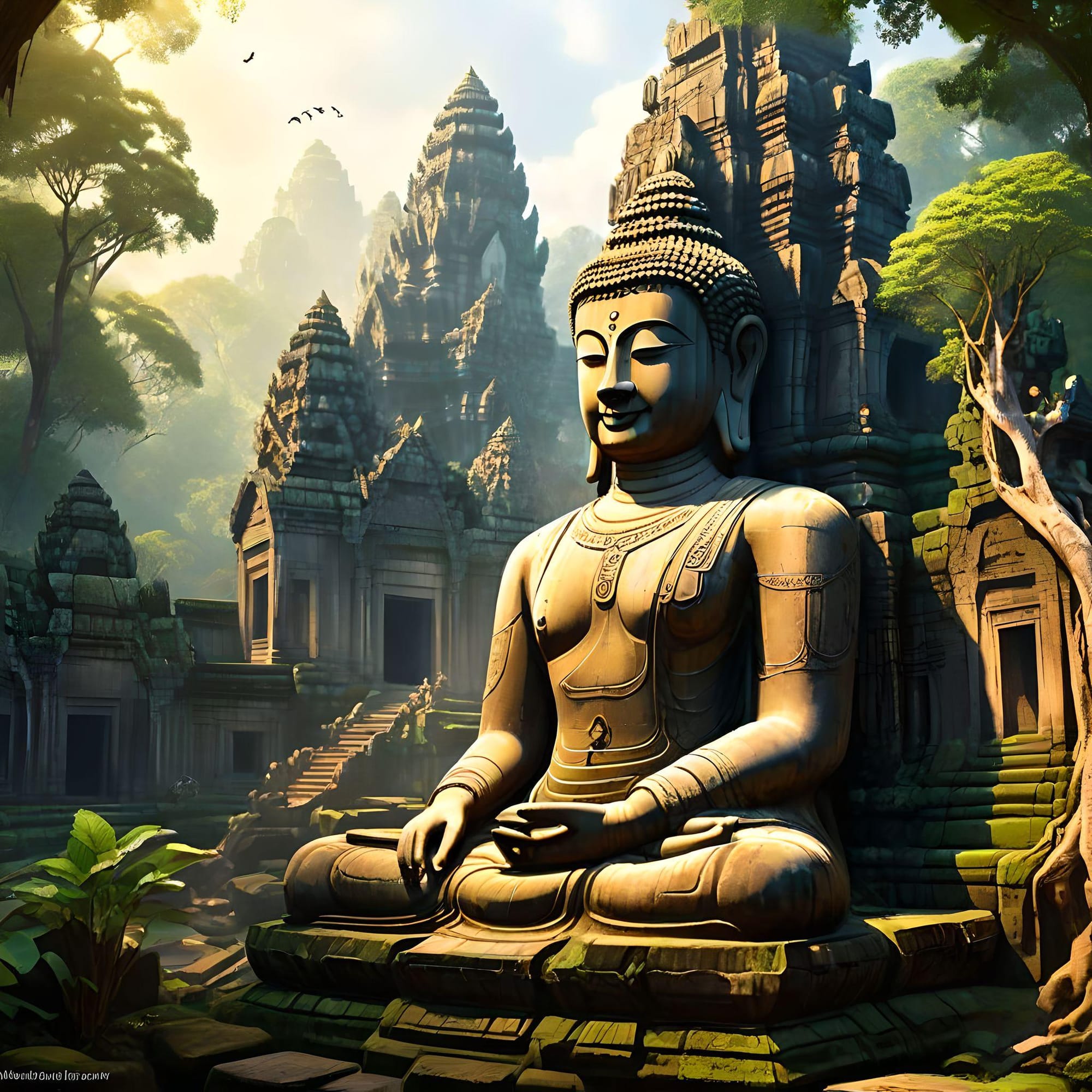ANGKOR WAT CAMBODIA

Cambodia is a Southeast Asian nation whose landscape spans low-lying plains, the Mekong Delta, mountains and Gulf of Thailand coastline. Phnom Penh, its capital, is home to the art deco Central Market, glittering Royal Palace and the National Museum's historical and archaeological exhibits. In the country's northwest are the ruins of Angkor Wat, a massive stone temple complex built during the Khmer Empire.

HISTORY OF ANGKOR WAT: It was built by the Khmer King Suryavarman II in the first half of the 12th century, around the year 1110-1150, making Angkor Wat almost 900 years old. The temple complex, built in the capital of the Khmer Empire, took approximately 30 years to build.

HOW OLD IS ANGKOR WAT
Angkor Wat is an enormous Buddhist temple complex located in northern Cambodia. It is the largest religious monument in the world and a bucket list attraction for many adventurers. But exactly how old is Angkor Wat?

HISTORY OF ANGKOR WAT
Angkor Wat is an architectural masterpiece and the largest religious monument in the world – covering an area four times the size of Vatican City. It was built by the Khmer King Suryavarman II in the first half of the 12th century, around the year 1110-1150, making Angkor Wat almost 900 years old.
The temple complex, built in the capital of the Khmer Empire, took approximately 30 years to build. It was originally dedicated to the Hindu god Vishnu before becoming a Buddhist temple by the end of the 12th century.
One of the first Western visitors to the temple was Antonio de Madalena, a Portuguese friar who visited in 1586. Angkor Wat was then effectively rediscovered by the French explorer Henri Mouhot in the 1840s. Mouhot described Angkor Wat as “grander than anything left to us by Greece or Rome” and spread the word about this incredible monument to the western world.
The French, who ruled Cambodia for much of the 20th century, restored the site in the early 1900s for tourism purposes. However, this work was then disrupted by the Cambodian Civil War and during the rule of the Khmer Rouge. Angkor Wat sustained minimal damage – however there are still bullet holes on its outer walls due to the battles of the Khmer Rouge regime.
Cambodia gained independence from France in 1953 and has controlled Angkor Wat ever since.
In 1992 the temple complex was named a UNESCO World Heritage site, and is now a highly popular tourist attraction in Cambodia - welcoming 2 million visitors every year. The most popular time to visit Ankgor Wat is in the early hours of the morning; to witness a beautiful sunrise over the magical temple.

THINGS YOU MAY NOT KNOW: The breathtaking bas-reliefs adorning the outer walls of Angkor Wat stand as an extraordinary testament to the artistic brilliance of the Khmer civilization. These intricate carvings, etched into the sandstone, vividly narrate mythological tales, historical episodes, and religious stories. Notably, the depiction of the Churning of the Ocean of Milk, with gods and demons engaged in a celestial tug of war, captures the essence of Hindu mythology. Scenes from the Ramayana and Mahabharata unfold with meticulous detail, while heavenly and hellish realms emphasize the consequences of moral conduct in the afterlife.
THINGS YOU MAY WANT TO SAVE: When visiting Angkor Wat, you can save things by being respectful and careful of the site:
ZENTRAVELER SAYS: PUT ANGKOR WAT ON YOUR BUCKET LIST.
From here to Infinity is a relatively short ride! The next leg takes eons and eons as you fly through the Barycentric Dynamical Time Zone! …and on and on and on. Follow the Zentraveler Newsletter often for Travel, Health and Zen-like stories and such. Where else can you get a THREE IN ONE NEWSLETTER FOR THE PRICE OF FREE.

ZENTRAVELER IS A PERSONAL NEWSLETTER, DESIGNED TO GIVE TRAVEL, HEALTH, WRITING AND HUMOR INCLUDING HELPFUL HINTS WITH A ZEN LIKE QUALITY.
PLEASE CHECKOUT MY NEW VIDEO PODCASTS AT ZENTRAVELER ON YOUTUBE...THANKS
